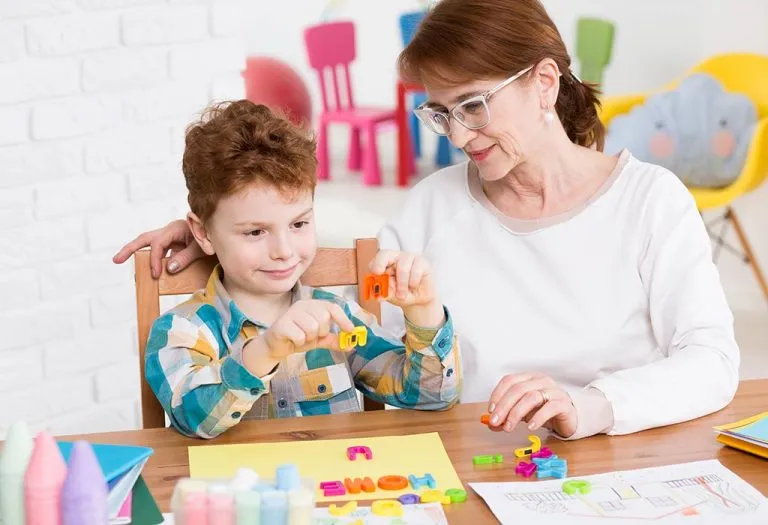What Does Specific Learning Disability Mean?

Source: cdnparenting
What Does Specific Learning Disability Mean?
It’s a typical day in a classroom. Students are eager, notebooks out, ready to learn. But as you glance around, there’s always that one child, struggling, feeling lost amidst the plethora of information. Ever wondered why? Let’s dive deep into the realm of specific learning disabilities to find out.
Table of Content
- Understanding Learning Disabilities
- The Origin and Evolution of Learning Disabilities
- Defining Specific Learning Disabilities
- Key Features and Symptoms
- Importance of Early Diagnosis
- Different Types of Specific Learning Disabilities
- Strategies for Supporting Students
- The Path Ahead: How VES Aims to Make a Difference
Understanding Learning Disabilities
Learning disabilities aren’t indicative of a child’s intelligence or potential. Instead, they signify challenges in processing information, which may affect reading, writing, or mathematical skills. This article sheds light on specific learning disabilities and how establishments like the Vidhyanidhi Education Society (VES) are contributing to addressing this.
The Origin and Evolution of Learning Disabilities
Historically, learning disabilities were misunderstood or not diagnosed at all. With advancements in neurology and psychology, we’ve come to understand them better.
Defining Specific Learning Disabilities
These are neurodevelopmental disorders that impede skills like reading, writing, and math. They aren’t a reflection of intelligence but show an inconsistency between potential and actual performance.
Key Features and Symptoms
Common symptoms include difficulty in reading comprehension, problem-solving challenges, and struggles in following sequences or instructions.
Importance of Early Diagnosis
Spotting these disabilities early can aid in tailored learning strategies, ensuring that children aren’t left behind in their academic journey.
Role of Teachers in Identifying Disabilities
A trained teacher can identify signs of learning disabilities and recommend proper interventions. This is where training becomes vital.
For more details call / whatsapp on +919869546913 / +919869866277.
To download our Brochure, Click Here.
How VES Contributes to Training Teachers
VES, with its rich history, empowers teachers with the skills to recognize and address learning disabilities, thus making classrooms more inclusive.

Source: ldexplained
Different Types of Specific Learning Disabilities
Dyslexia
Characterized by difficulty in reading and often misinterpreting words.
Dyscalculia
A challenge in understanding numbers and mathematical concepts.
Dysgraphia
Trouble with handwriting and expressing ideas in written form.
Strategies for Supporting Students
Classroom Techniques
These include visual aids, interactive sessions, and tailored teaching methods to cater to every student’s unique needs.
At-home Support
Parents can play a significant role by understanding their child’s disability and offering necessary support.
The Role of Technology in Assisting Learning
Modern technology, like apps and software, can provide interactive ways to help children with learning disabilities grasp concepts better.
The Path Ahead: How VES Aims to Make a Difference
With objectives like empowering women, offering quality training, and contributing to nation-building, Vidhyanidhi Education Society (VES) remains at the forefront of addressing learning disabilities. By training teachers and emphasizing early diagnosis, they aim to create a ripple effect, transforming the educational landscape.
Specific learning disabilities are not a dead-end but a detour that requires understanding, patience, and the right strategies. With institutions like VES playing a pivotal role in teacher training, there’s hope for a brighter, more inclusive future.
What Does Specific Learning Disability Mean
“Unlock potential: Dive deeper with Vidhyanidhi Education Society. Enroll now!”
For more details call / whatsapp on +919869546913 / +919869866277.
To download our Brochure, Click Here.
FAQs
What causes specific learning disability?
Specific learning disabilities arise from neurobiological differences in brain structure and function.
How do you treat a specific learning disorder?
Treatment involves personalized interventions, support strategies, and sometimes therapy or tutoring.




